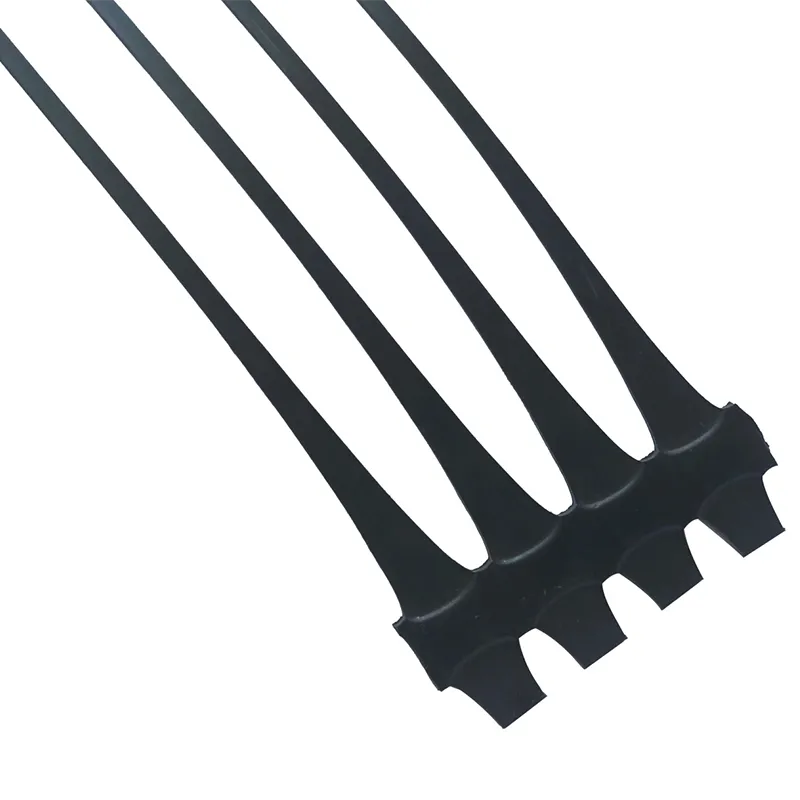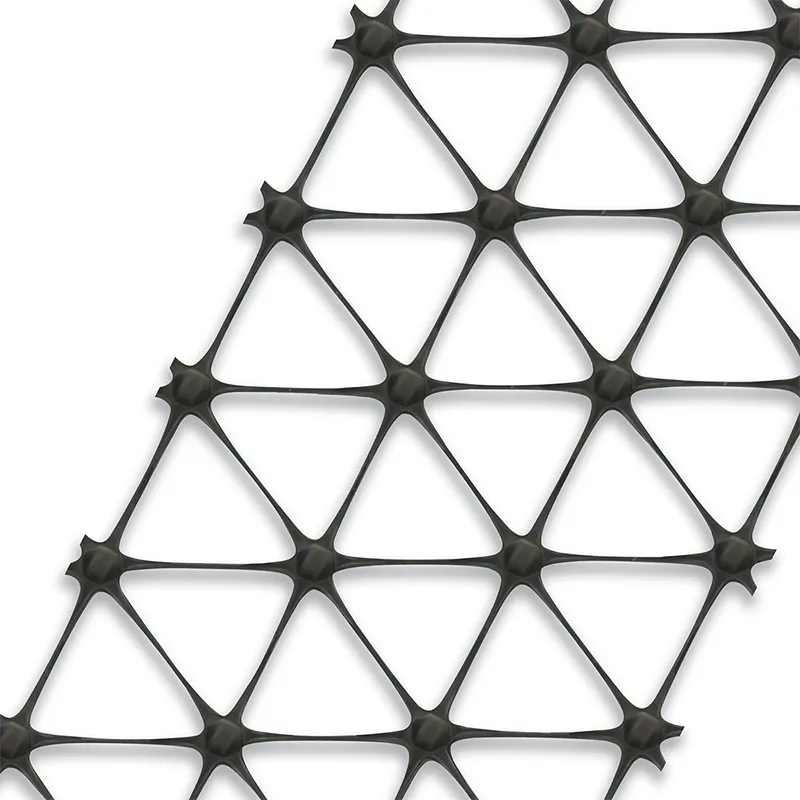+86-159 9860 6917
info@geofantex.com
geofantex@gmail.com
+86-400-8266163-44899
Discover the ins and outs of the geogrid wall system in this comprehensive guide. We’ll explain what a geogrid wall is, its purpose, and the geogrid method. Plus, we’ll help you determine whether using Geogrid for your retaining wall project is the right choice.

What is a geogrid wall?
A geogrid wall, or geogrid reinforced retaining wall, is a specialized construction method widely applied in civil engineering and landscaping. It entails using geogrid, a geosynthetic material composed of polymers, to bolster the soil behind retaining walls. By adding geogrid, usually made from high-strength polymers, to the wall structure, it fortifies the wall, improving its stability and overall strength.
What is the purpose of a geogrid?
A geogrid’s main role is to enhance the strength and stability of engineering projects, such as retaining walls. Geogrids are engineered to distribute loads, reinforce structures, decrease soil pressure, and prevent structural issues. By incorporating geogrid into a wall system, it creates a reinforced coherent mass behind the retaining wall, stabilizing the soil and enabling it to withstand increased forces. This makes geogrids a valuable choice for retaining walls, slopes, and embankments.
What is the Geogrid method?
The geogrid method integrates geogrid materials into retaining wall layers to enhance strength and stability. Geogrids, formed by a regular network of tensile elements with apertures of sufficient size to interlock with surrounding fill material, are usually positioned between soil or other backfill layers. This approach evenly distributes pressure across the wall, preventing issues like bulging, cracking, or collapsing. It’s a well-established technique for creating robust and enduring retaining walls.
Should I use Geogrid for a retaining wall?
Yes, it is ideal to use geogrid in all retaining applications. The choice of whether to utilize geogrid for a retaining wall depends on several factors, such as the wall’s height, soil type, and the load it must support. Geogrids prove exceptionally advantageous for taller walls or those under substantial loads. Additionally, in scenarios where space is constrained, geogrids enable the construction of steeper slopes. Consulting with a geotechnical engineer or retaining wall specialist is advisable to ascertain if a geogrid wall system aligns with the requirements of your particular project.
Incorporating a geogrid wall system into your retaining wall project can significantly enhance its stability and longevity. By understanding the purpose and method of geogrids, you can make informed decisions about their use in your construction projects, ensuring the durability and effectiveness of your retaining walls.



Get Free Sample
We’ll respond as soon as possible(within 12 hours)






















